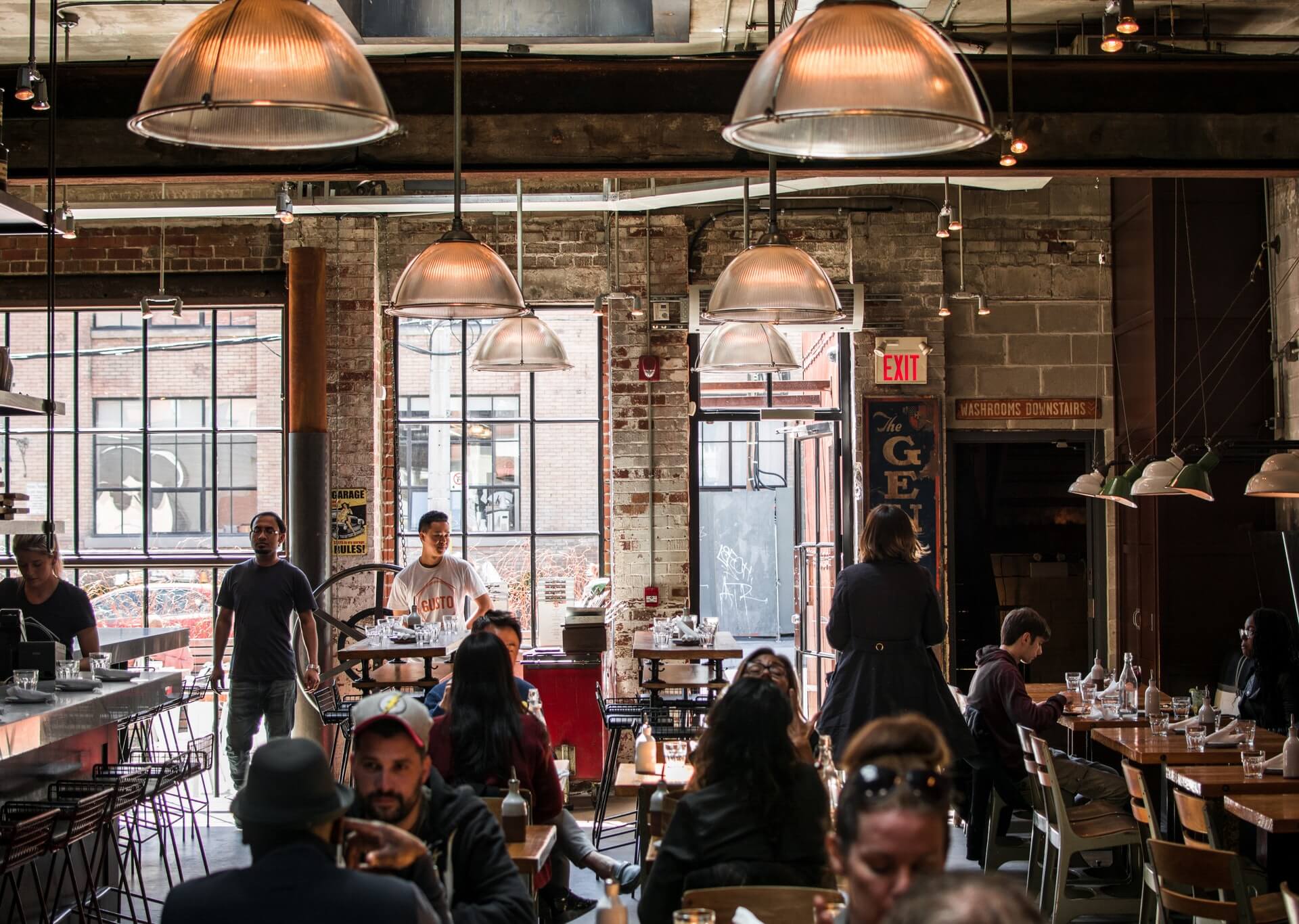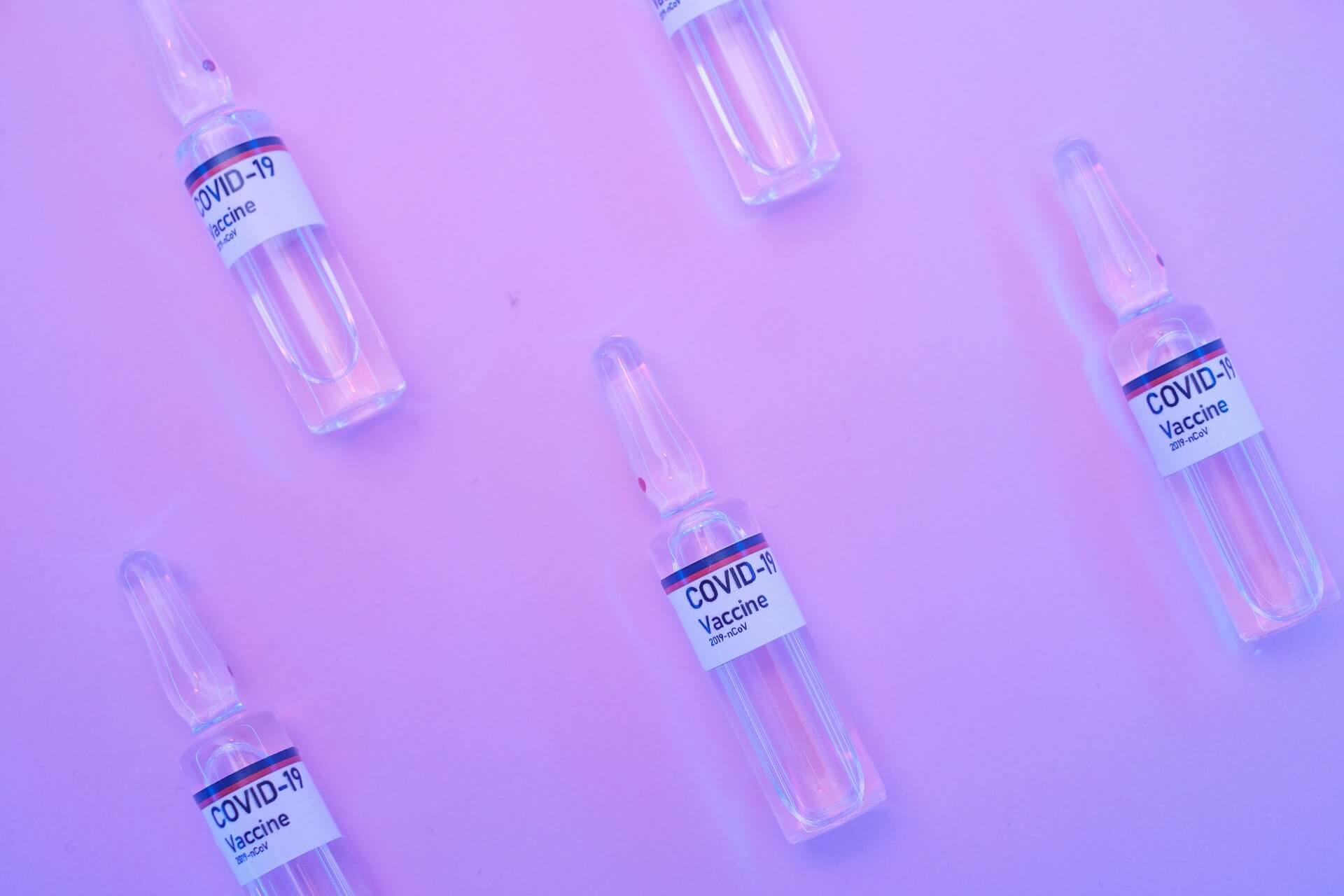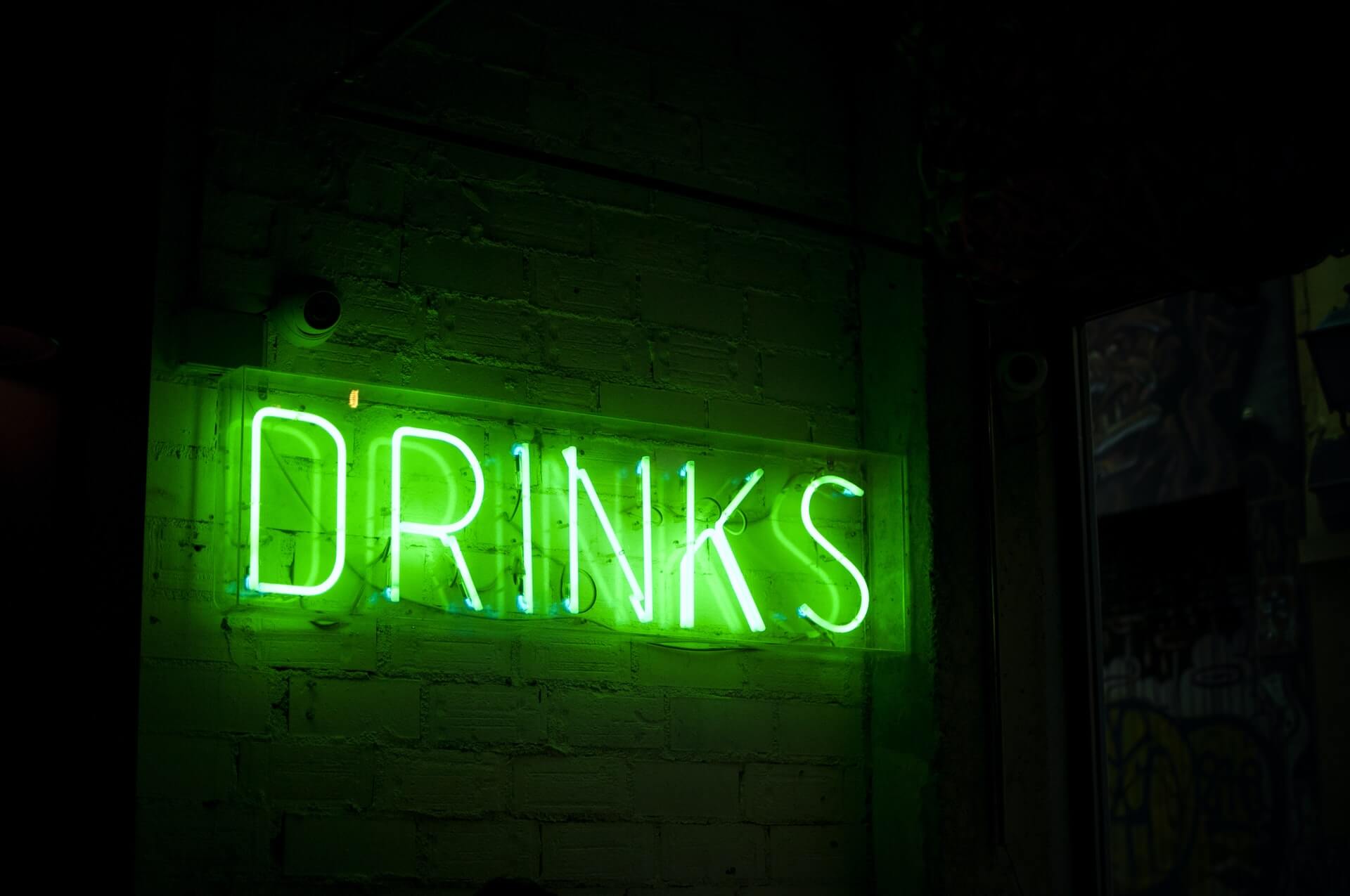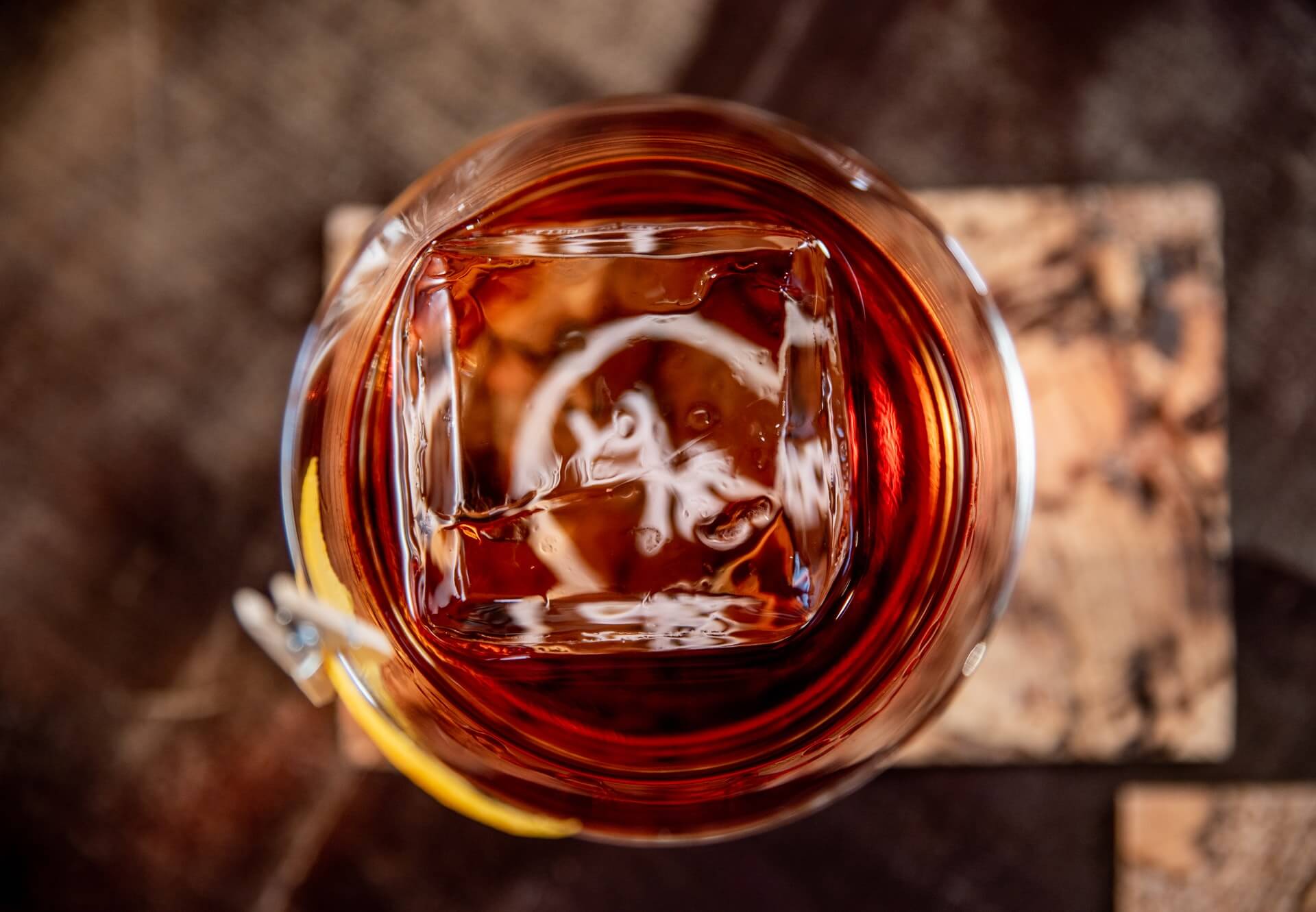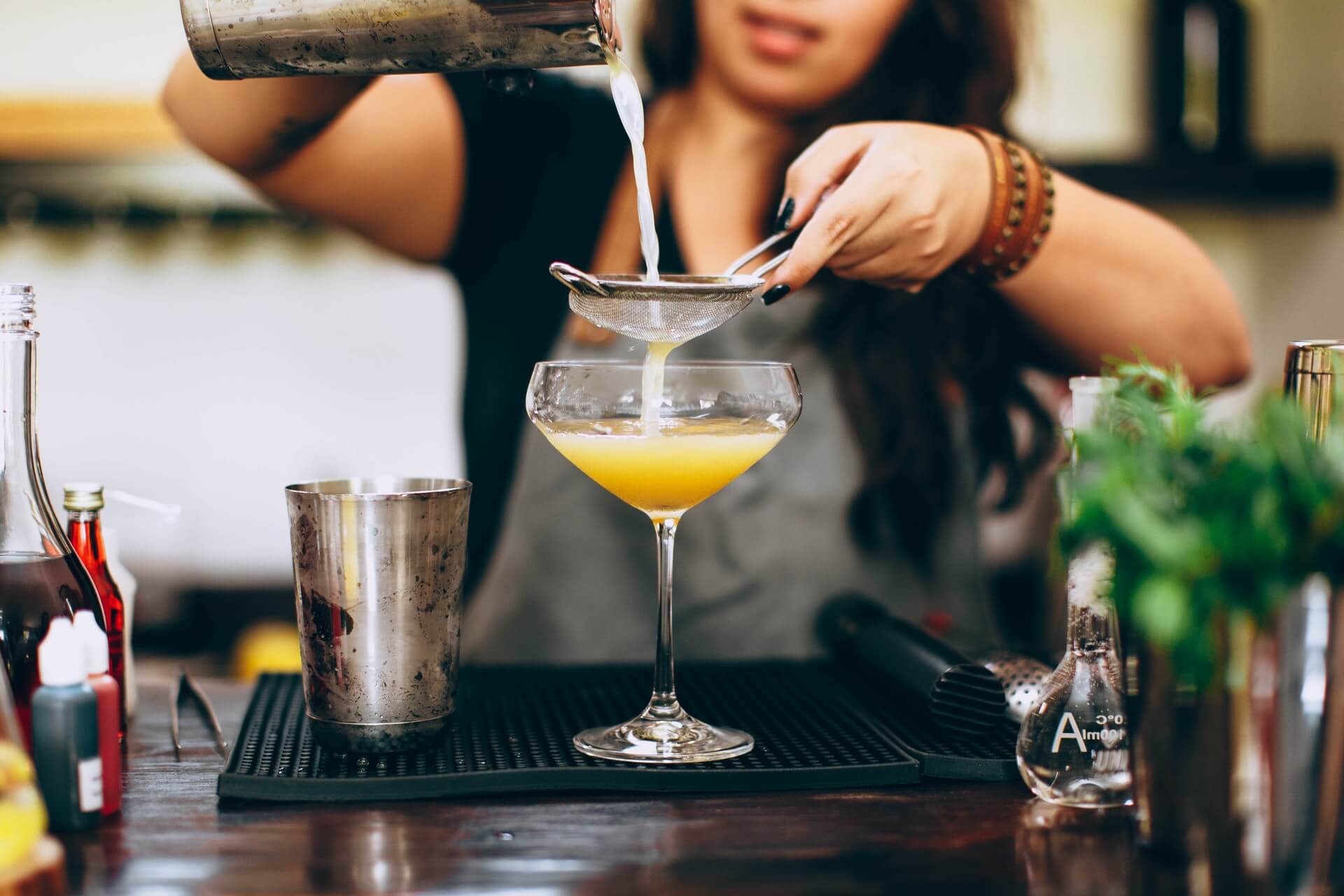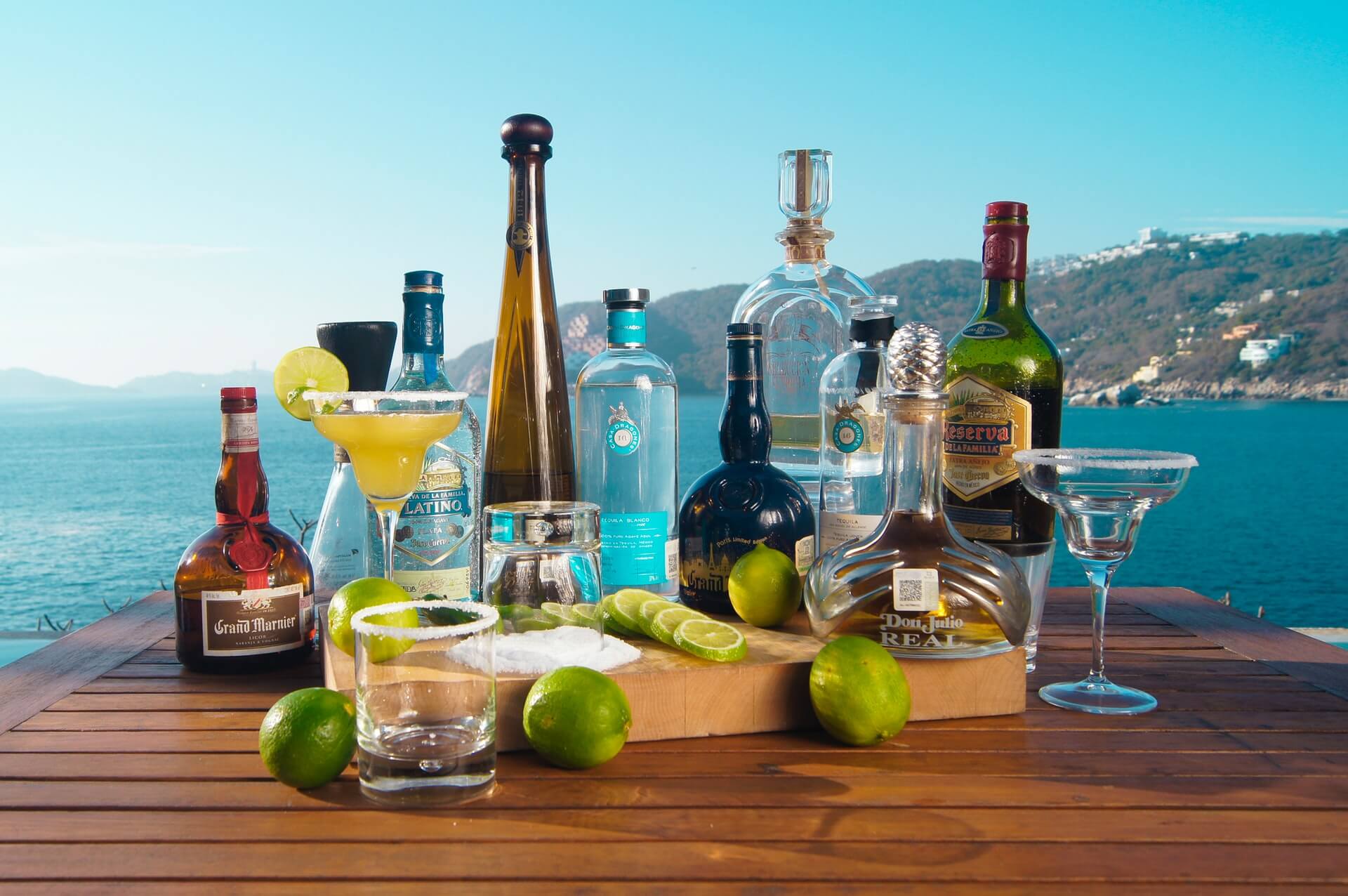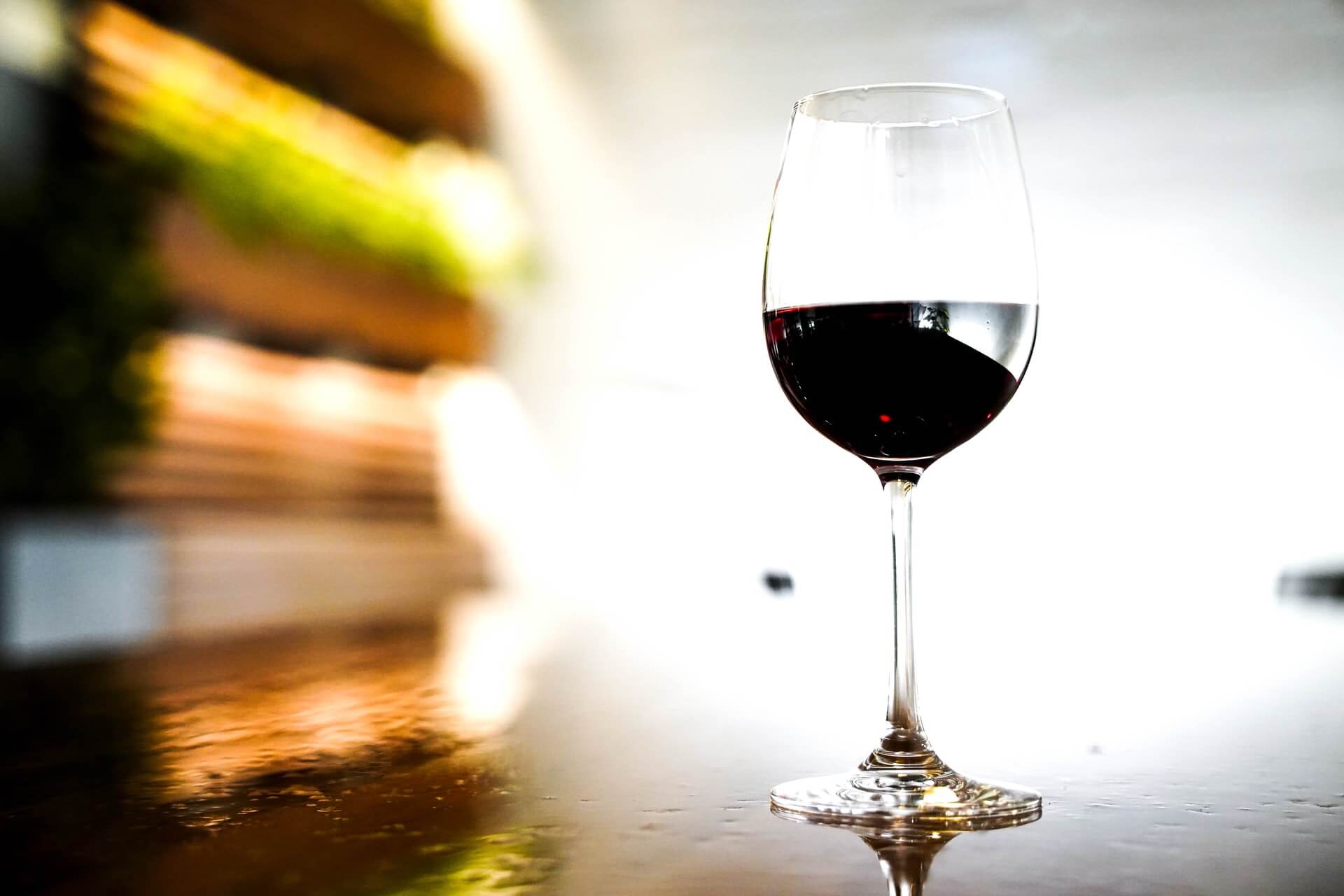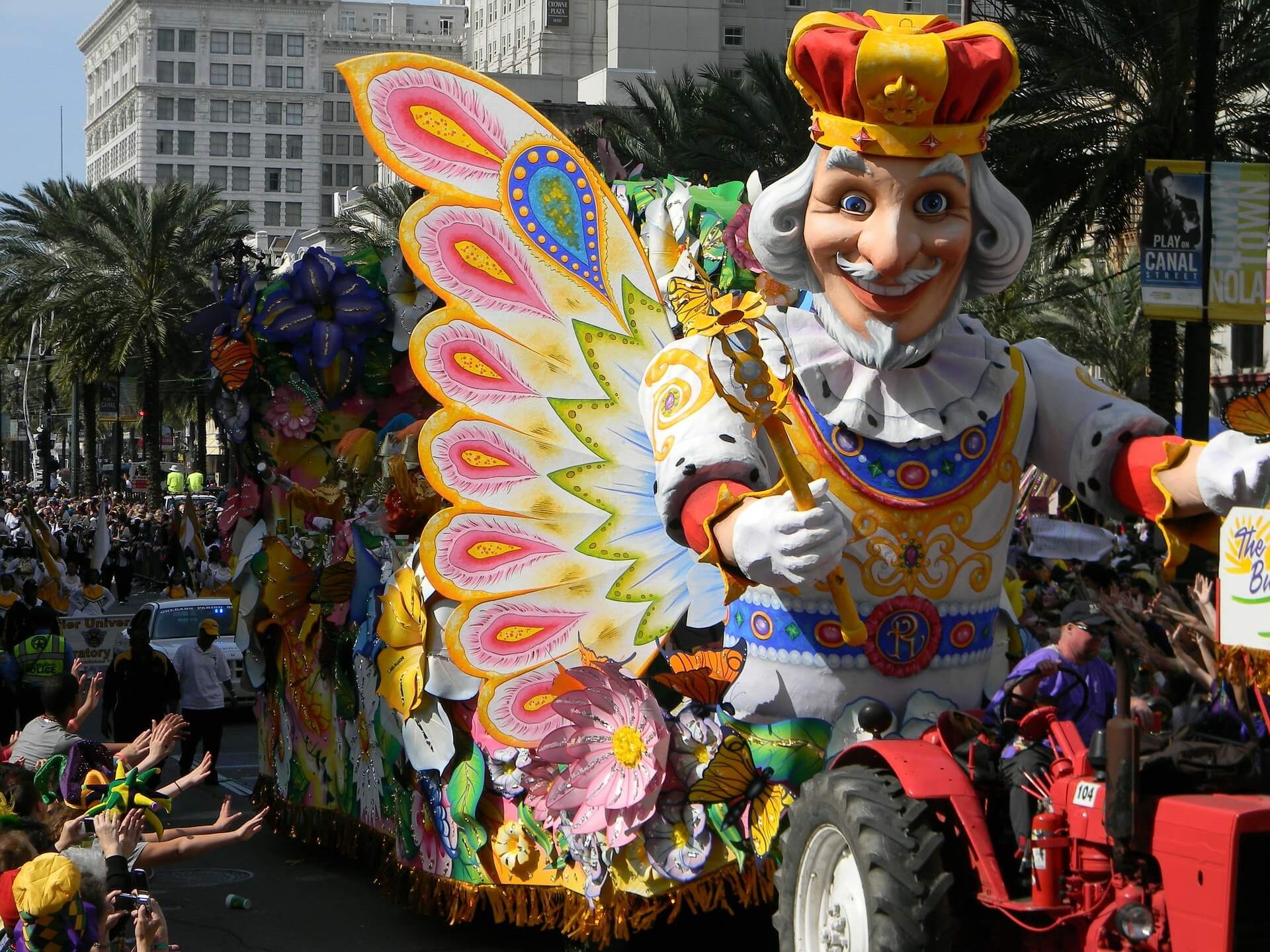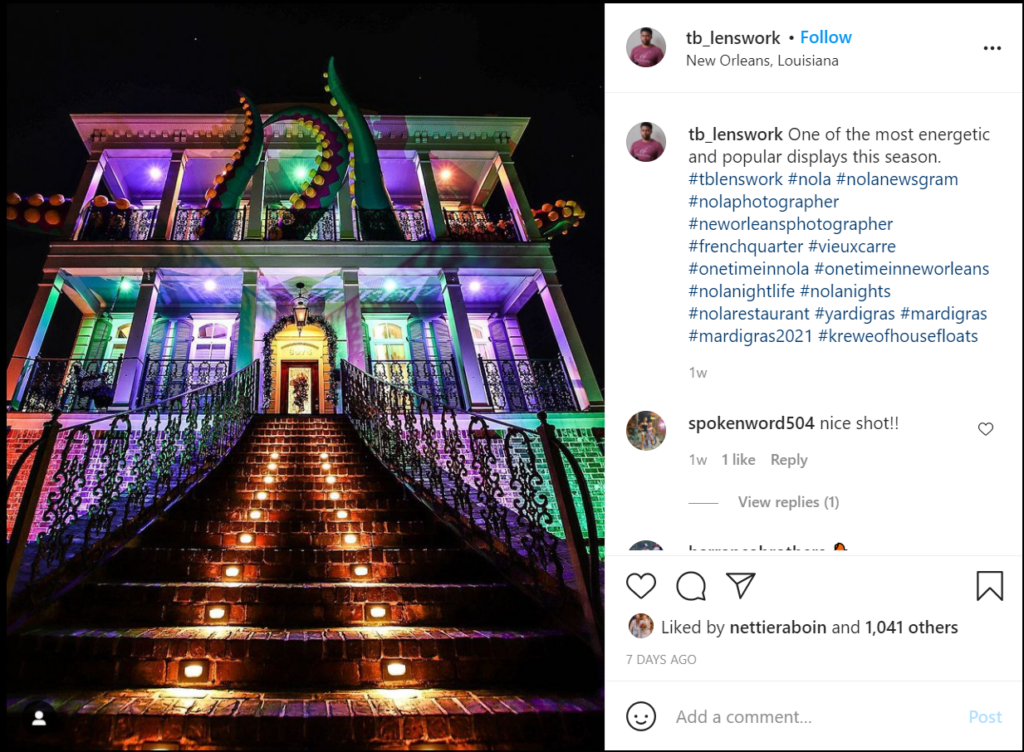NRN Shares Inclusion Insights Report
by David Klemt

Featuring insights from their 2021 Power List, an inclusion report from American trade publication Nation’s Restaurant News is now available.
Overall, NRN’s 2021 Power List consists of C-suite and executive heavy hitters from some of the most influential restaurant groups.
For example, Domino’s, Yum Brands, &pizza, and Momofuku Restaurant Group, are on this year’s list.
To compile their 2021 Power List: Leadership & Inclusion Insights report, NRN asked their power players to identify a team member who embody inclusivity.
Lessons Learned from 2020
NRN’s report is broken down into five sections; this is the first.
Reading through the insights in this section, you’ll find that agility and adaptability are crucial to navigating crises. That will come as no surprise to many.
However, what really strikes me are the words of Donnie Upshaw, SVP for people at Wingstop. Upshaw cites the importance of culture and core values:
“Our core values, known as ‘The Wingstop Way’—service-minded, authentic, entrepreneurial and fun—have been and will continue to be our guiding light through all seasons of our business.”
Those core values, along with Wingstop culture and a focus on retaining top talent, are keys to their successful navigating of the pandemic.
Accomplishments During a Pandemic
The pandemic has torn apart the hospitality industry and continues to do so. In America, we’re just now seeing specific relief targeting foodservice businesses.
Given the situation, just surviving the pandemic is an accomplishment.
Still, chain and independent operators are forging paths forward and inspiring others inside and outside of the industry.
Erika Palomar, COO of the Independent Restaurant Coalition, says the group “faced the darkest hours, together.”
Palomar continues: “They held fast to their commitment to change the most lives possible. This group has the remarkable ability to look beyond their door and inspire others to take action and make bold changes that will serve this industry and our society for the better.”
Importance of Leadership & Impact
The job of owners, operators, managers, and mentors is to lead. Doing so is one of the most effective tools for growing a business and retaining talent.
Adversity, of course, is one of the—if not the—greatest challenges to leadership.
Beth Scott, president of Fleming’s, says building trust is the first step in realizing the core of what it means to be a leader: inspiring and influencing, not commanding.
Jason Crain, CRO of Slutty Vegan, says, “Leading is dynamic and solution oriented.” Crain points to knowing when to implement different forms of leadership as a crucial element.
Further Insights
NRN’s report has two more categories, “Fostering Diversity & Inclusion” and “The Future of Foodservice.” There are insights from several more power players who drive the missions of inclusivity, diversity and equity.
We encourage you to follow this link and review the report for invaluable motivation and inspiration for your own business.
Image: Free-Photos from Pixabay

